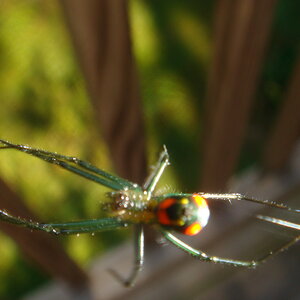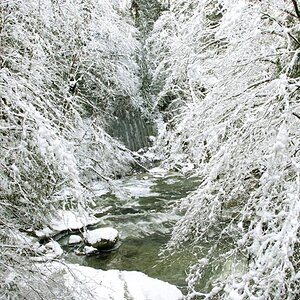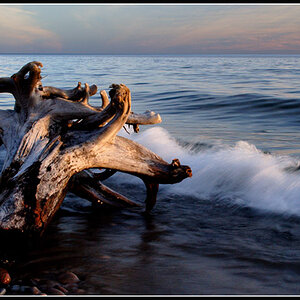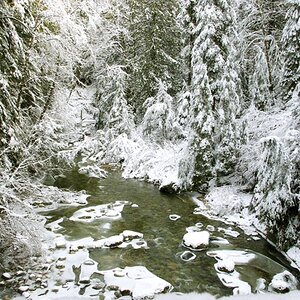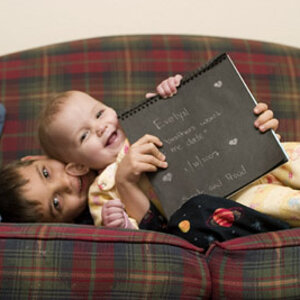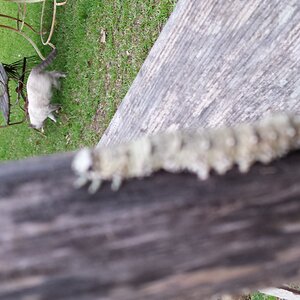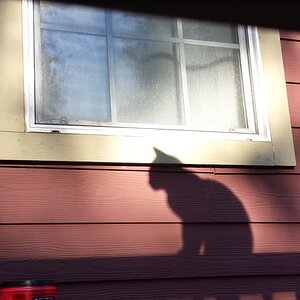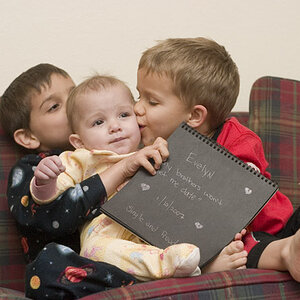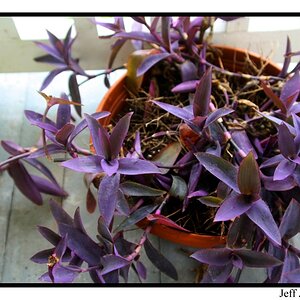BrianLy
TPF Noob!
- Joined
- Jun 3, 2010
- Messages
- 298
- Reaction score
- 0
- Location
- Los Angeles
- Can others edit my Photos
- Photos OK to edit
Tomorrow I will be attending HellaFlush 5 and I want to take many pictures, the last time I was at a meet I was new with the camera and the pictures did not come out right. We are going to Caravan at about 7am and I will taking rolling shoots. I was reading somewhere and they say I should leave my ISO at 200 or 400. Which is the best setting for me to do this coverage?




